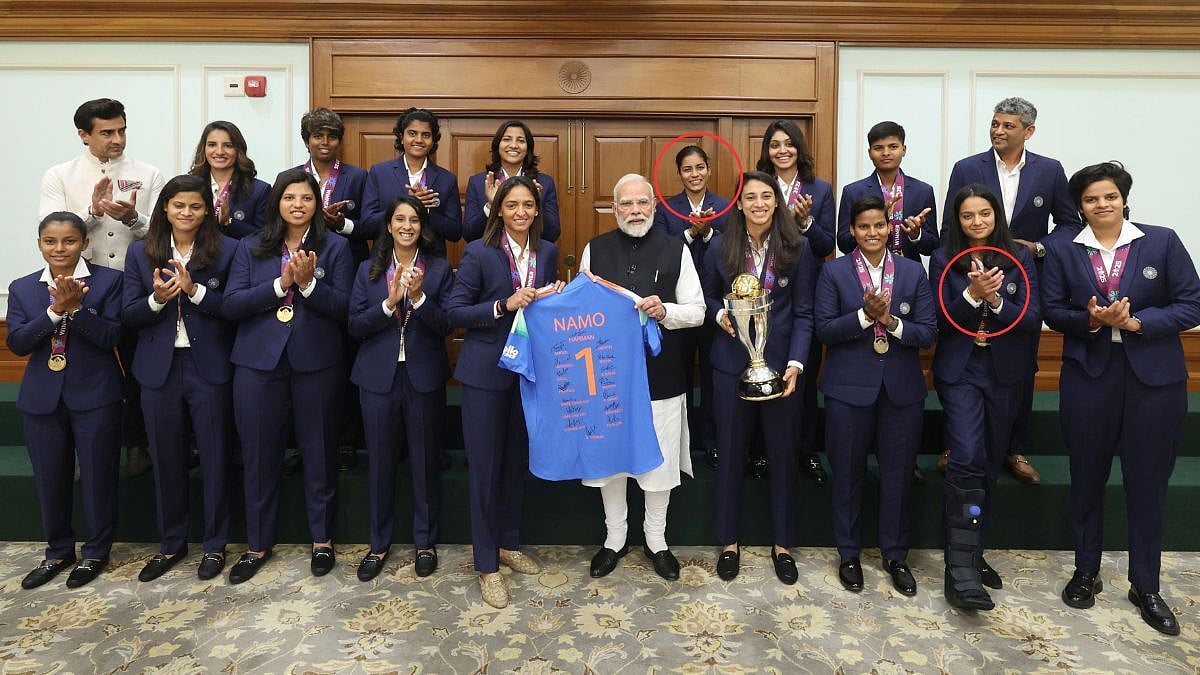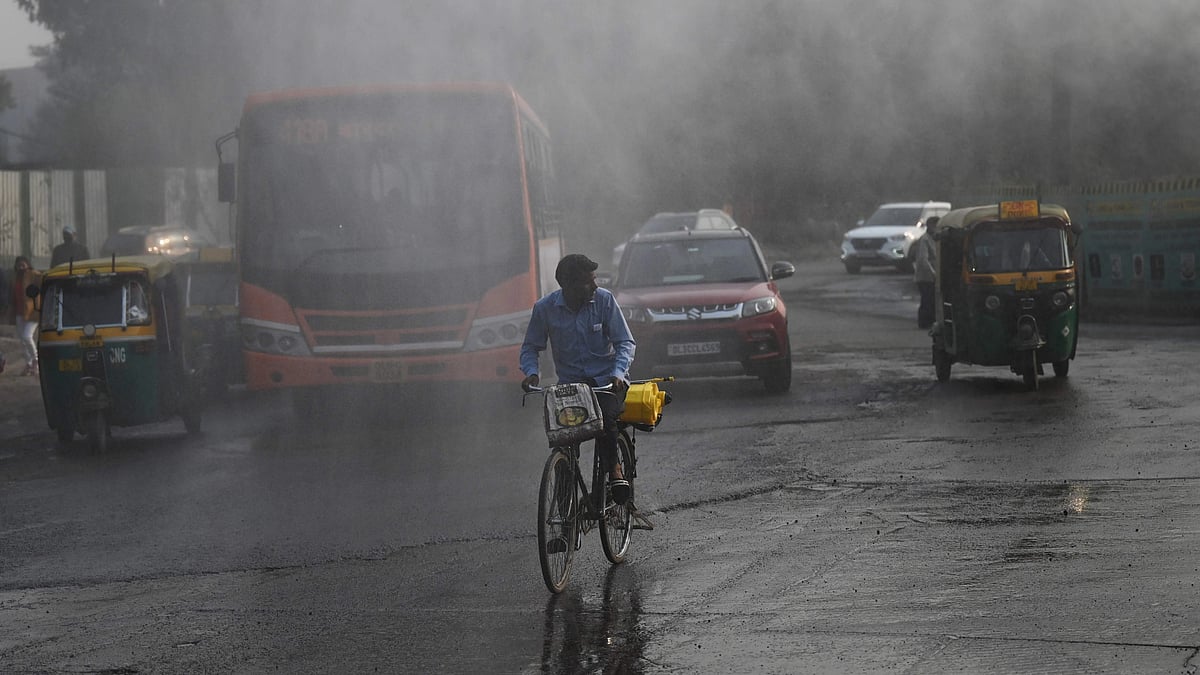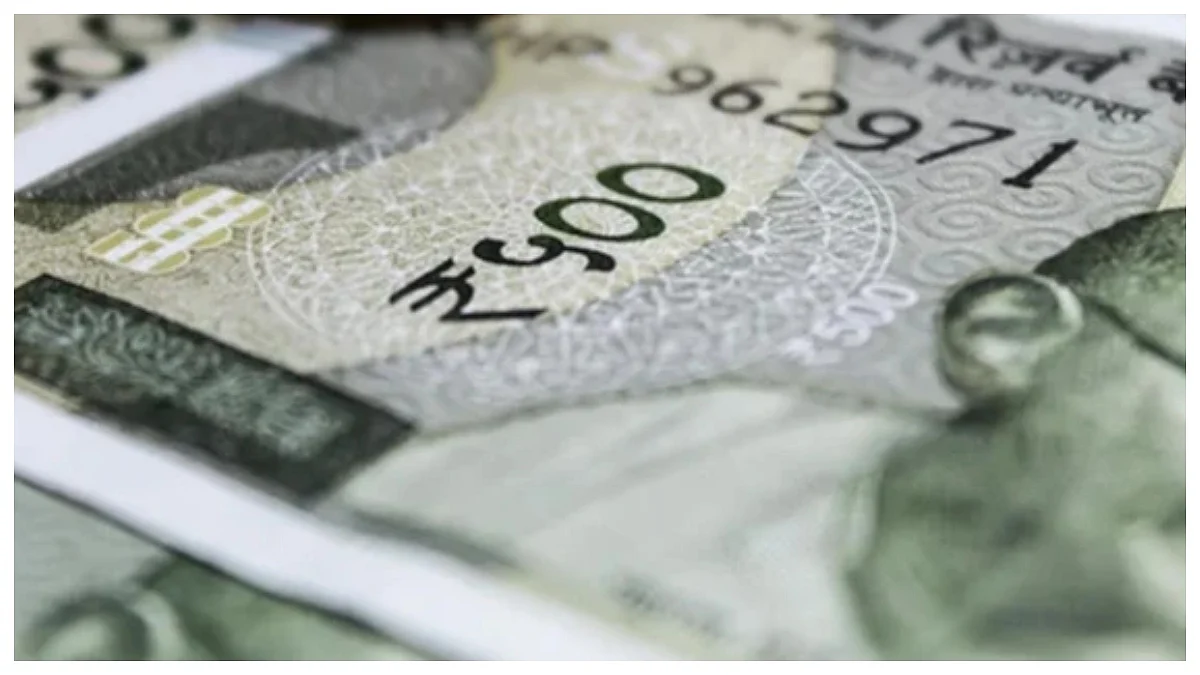Coronavirus, according to experts, can take many forms. At one extreme, the illness can be mild and fleeting. At the other, and relatively in very few cases, it can kill. But most commonly, it produces a short respiratory illness, sometimes followed by pervasive lethargy that drags on for months. So it is with countries. In some like Hong Kong, South Korea and New Zealand, the first wave of the pandemic was swift but brief and caused few deaths. In some countries like Italy, Spain and Iran, its impact was disastrous. In countries such as US, Britain and France, an early peak has been followed by a long plateau and sustained, but reduced deaths. But in India, the pandemic is showing its actual impact now as infections are rising every day by more than 10,000 cases and public healthcare system is coming under tremendous stress to deal with escalating case-load.
Though as of Monday, there have been at least 4,25,282 confirmed cases and 13,699 deaths in India, the official view is that the impact of COVID-19 has been relatively less severe so far. According to NITI Aayog’s analysis, if one looks at reported cases per million, India is at 152 cases per million, as compared to over 5,000 cases per million in US and Spain. The case fatality rate is around 3 percent, as compared to 5 percent in Germany, 19 percent in France, 6 percent in US and over 14 percent in both UK and Italy. If we look at death per million population, India has 5 deaths per million; the numbers for the UK is 585, the US 330, Germany is 104 and Brazil 153. While 80 percent of the cases in India are from eight states – Maharashtra, Gujarat, Tamil Nadu, Delhi, Uttar Pradesh, Rajasthan, West Bengal and Madhya Pradesh – the cities most affected in some of these states contribute to over 65 percent of the national case-load. Three cities – Mumbai, Delhi and Chennai – alone account for more than 50 percent of the total infections in the country today.
The pattern that has emerged is on expected lines: higher density of urban population in nine largest metropolitan cities is more susceptible to viral infection spread than cities that have less population density. In the past two weeks, India has added over 1.5 lakh COVID-19 cases at an average growth rate of around 4 percent. With deaths also exhibiting a similar trend, a large number of recorded cases and deaths remain restricted to the urban centers: 53 percent virus infections and 73 percent deaths are confined to nine urban agglomerations with over 5 million population. The Unlock 1.0, which came into force on June 8, has led to a spurt in cases in most states, which is largely blamed on reverse migration. Going by the rise in new cases since the unlock guidelines came into effect, the trajectory is worrying. Experts are of the view that people are getting infected within the community in hotspots without knowing from whom and how.
Projections by health experts are disquieting. Ramanan Laxminarayan, director of Washington-based Center for Disease Dynamics, Economics & Policy, says that India probably has tens of millions of COVID-19 infected people. The nationwide part of the ICMR’s recent survey, according to Laxminarayan, which suggested that 0.73 percent of the population has already been exposed to the virus corroborates this. Ashish Jha, professor of Global Health and director at the Harvard Global Health Institute, says India probably has already reached 40,000 to 50,000 new infections a day. This includes the officially recorded daily figure of around 13,000 cases a day. Citing numbers that could come as a shock to many, Jha says he believes by August, the figure could jump to 1,00,000 infections each day.
The coronavirus disease has affected certain countries with particular cruelty. These include some of the southern European countries like the UK, Italy, France and Spain, the US, Brazil, Peru and Russia. In Asia where the disease began, the spread continues, although in China it seems for now to have passed its peak. Countries around the world are working to flatten the curve of the coronavirus pandemic. However, differences in testing means the number of cases may be understated in some countries. According to John Hopkins Institute of Medicine, among the 10 most affected countries based on five-day moving average of confirmed new cases, UK, Russia, Italy, Spain, France and Germany have flattened the curve, while in the case of Brazil, US and India, the curve is up. According to Laxminarayan, there is no real difference between infections and COVID-19 cases, except for the fact that what is called ‘cases’ are officially recorded infections whereas other infections have either not been detected or recorded. This is largely the case with India.
The first case of COVID-19 was reported in India 144 days ago. When lockdown was announced on March 24, there were 500 recorded cases and 10 deaths. Almost after eight weeks of strict lockdown measures, the rate at which new cases were reported didn’t show a significant sign of decline. The reported cases in India crossed 1,00,000 on May 19 when lockdown restrictions began to be eased. One month later, as many as 2,95,000 new cases were reported. Though India also has around 50 percent recovery rate, the daily increase in new cases at an average of around 13,000 is a big worry. While officially the lockdown has largely been considered effective and some experts say it was widely obeyed, others are of the view that the lockdown was ‘porous’ and instead of flattening the infection curve ended up hurting the poorest citizens and the economy. The major achievement of the lockdown was that it decelerated the virus spread, but did not break the pandemic chain. Now with the lockdown measures largely lifted, anxiety is rising as the case-load surges and public healthcare system comes under tremendous strain.
In terms of total cases, India ranks fourth in the world and third in deaths from the virus. Contrary to earlier estimates of India reaching the peak of infection in late June or early July, experts believe the peak may not come before September and the virus will continue to trouble us for many months than earlier expected. This means India’s economy and public health will be paying the price of too-little, too-late policymaking for a long time. Lockdown has sent many countries into recession, including those like Hong Kong and New Zealand, whose response to coronavirus was swift and effective. But their economic shocks will be short-lived compared with those countries such as the UK, US, Brazil and India, whose coronavirus-related problems are becoming chronic.
The writer is an independent Mumbai-based senior journalist.









